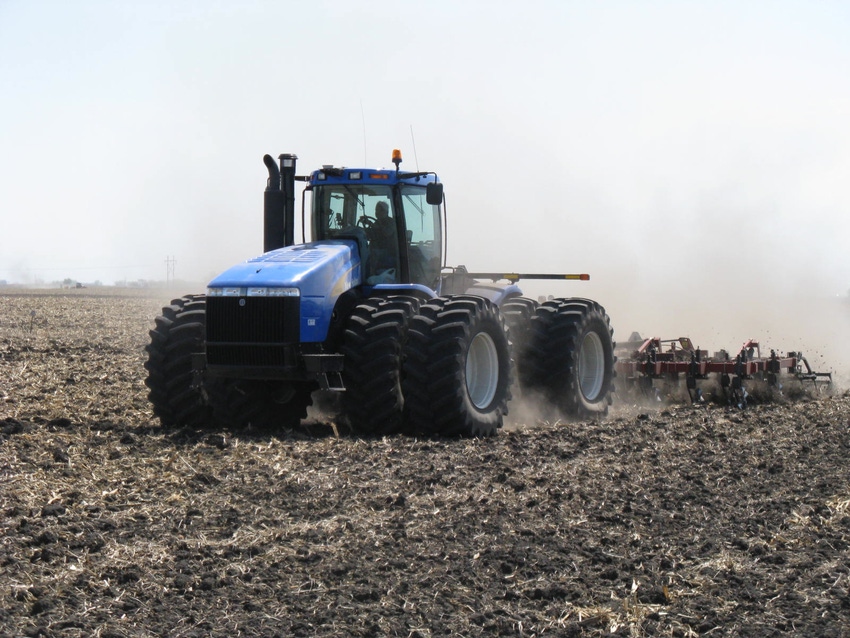
Every growing season is different. Moisture and residue levels, subsequent crop and expected weather patterns all create confusion as to which type of tillage is best for each field. When thinking about which tillage tool to use for corn residue management this fall, consider these factors: Soil type, crop rotation, soil moisture and slope.
1. Soil type? Sandier soils warm up and dry out faster than soils with more clay. In the Corn Belt, sandier soils usually have a lower organic matter content and less inherent soil structure. These soils benefit from less tillage. Heavier, or higher clay soils, might need a little more tillage to bury some residue so that they will warm up faster in the spring.
2. Crop rotation? If you have a 2- or 3-year rotation (corn-soybeans, corn-soybeans-wheat), a less aggressive tillage pass can be very effective at residue management. Many different tillage choices are available. However, if you are in the 3rd year or more of continuous corn, there are fewer choices of tillage implements that can handle heavy residue. While it is possible to be successful with strip-till or ridge till in continuous corn, some farmers do not want to make that change. Other choices include disk ripping and moldboard plow (MBP). Important: if you MBP, choose fields with little or no slope. MBP has the highest rate of soil erosion and you don’t want to see your field’s best asset being blown or washed away.
3. Soil moisture? If the soil is too wet for proper soil fracturing in the fall, you may be creating more damage to the soil than benefiting from the residue incorporation. If the soil is drier on top but wet below and you are going to till this fall, make sure to shallow up the shanks or disks so that you are not smearing the wetter layer of soil. A smeared soil will need an extra pass or two in the spring to break up the restrictive layer created the previous fall.
4. Slope? If your fields have over a 3% slope, minimize the depth and intensity of the tillage pass. Some creative farmers will not till the tops and sides of slopes in the middle of the fields leaving the residue to protect the delicate soil.
There are many choices for tillage equipment. Each has benefits and challenges. Look at your specific situation to decide what is right for you. In the long run, reducing your tillage is key to the long-term productivity of your soil.
About the Author(s)
You May Also Like






